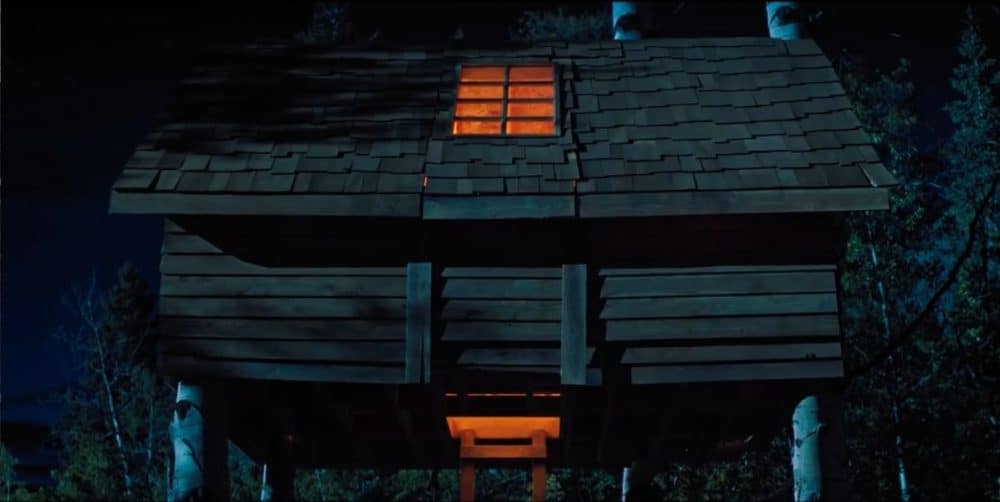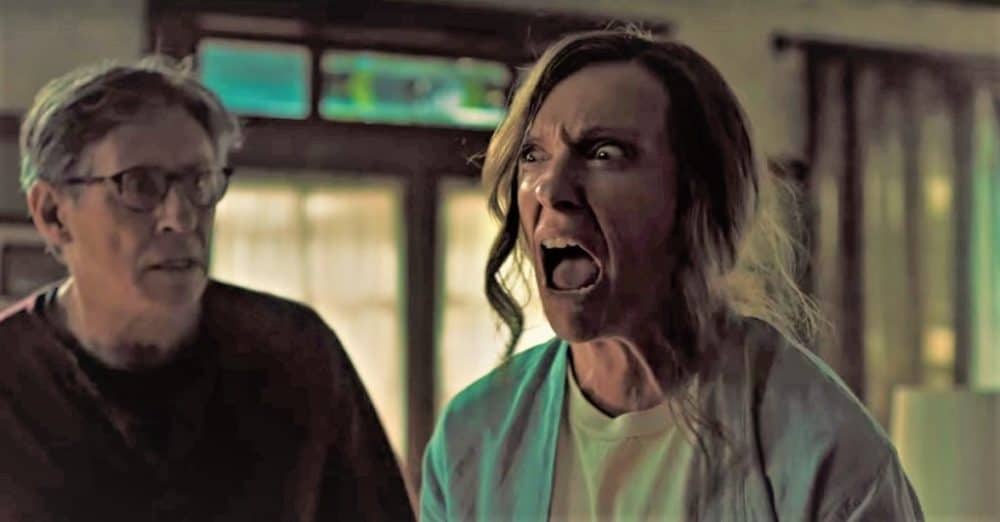
Although horror movies are the butt of more than their fair share of cinematic jokes — not to mention the subject of more diminishing return sequels than virtually any competing genre — there is a reason why it is my favorite cinematic subject as well as why so many of these supposedly cheaply (not to mention terribly) made movies end up being co frequently re-evaluated in later years and often cited as being among the greatest movies ever made. Stanley Kubrick’s The Shining, for instance, received divisive reviews upon release and was famously reviled by its author, and is now ranked alongside The Exorcist and Rosemary’s Baby as the best and most intellectually stimulating that the genre has to offer (not to mention remaining the definitive adaptation of the novel, despite attempts made to the contrary). Night of the Living Dead, which completely remade the Zombie movie in Romero’s image, was only saved from obscurity due to its prolonged run on the drive-in, midnight and exploitation circuits. Even Halloween, the perennial slasher that perfected the blueprint for how to make that exact kind of movie, was shunned upon its initial release, only gradually gaining a following during its slow-rolled, year-long release across the country.
And it is despite this supposedly lesser reputation that the genre finds itself in an art-house renaissance as of late. Between The Babadook, It Follows, The Neon Demon, The Cabin in the Woods, Get Out, The Witch, Green Room, Black Swan, Under the Skin and most of the celebrated works of the illustrious Guillermo del Toro — not to mention the seeming tail-end of the underground French New Extremity movement in Europe (which includes High Tension, Martyrs and Frontier(s)), horror fans haven’t had it this good since the golden age of the 1970s. Seriously. Even the straight-to-video releases — like Trick ‘r Treat, Curse of Chucky and Hush — are proving to be amazing films in their own right.

There has been discussion of the latest in this recent trend of arthouse horror movies: first-time feature director Ari Aster’s Hereditary. Being picked up by the unerringly excellent A24 (responsible for Under the Skin, Moonlight and Ex Machina) and its aggressive marketing push has put it on the forefront of the movie-going world’s mind for weeks, and its final release has proven fairly divisive (with a D+ Cinemascore suggesting that its marketing was a little less than honest in the kind of film that it was selling, but a 92% Tomatoscore and 87 Metascore showing how widely and immediately beloved it is by those who saw it). And having seen the film for myself, I think I understand both sides of the debate: the ad campaign sold audiences on a far more conventional ghost story, but what it delivered is a spine-tingler for the ages.
If you want to know simply how I felt about the movie without any further spoilers, here’s the short of it. The movie is great, if a little unconventional in its style. Ari Aster is a stunning new genre talent and it’s downright scary how great this movie is despite being his directorial debut. The cast is impeccable. The script is dynamite. It plays out comparably to The Witch, and actually proved to be more of what I wanted out of that well-received movie than what I actually got out of it.

But from here on out, there be spoilers: unavoidable given the actual nature of the story being discussed and how certain twists (that fly contrary to how the movie was marketed) affect the story from its mid-point through its conclusion. Consider this your friendly neighborhood spoiler warning: we’re diving into the nuts and bolts of this story from this point on.
You’ve been warned.

Where I think that this movie gets into some trouble from the disgruntled movie-goers who see it is that it actively works against its genre trappings for its entire first half: playing out more like a straight family drama more in the vein of Ordinary People for its first full hour and switching gears into a slow-burn supernatural and especially psychological horror movie for its last hour. It has a strange-feeling four-act structure that make me wish it was either a half-hour longer (for to further develop its characters and themes) or a half-hour shorter (to tighten up its somewhat glacial pacing) instead of where it ended up.
Oh, and the girl — our ostensible main character that the trailers and TV spots kept highlighting as our creepy kid protagonist — dies unexpected at the end of act two (I warned you that there’d be spoilers). Everything before that was a meditative drama in the aftermath of a family member’s death (the girl’s estranged grandmother) and everything after that is a psychological thriller stemming from the aftermath of her death (think Psycho meets The Sentinel with some stylistic flair from Sinister thrown in for good measure).

Put together, this makes for a somewhat bizarre viewing experience: at once at odds with the current trajectory of horror while simultaneously fitting comfortably within it. It is a thoughtful tale, stunningly told, that simply isn’t what most audiences are looking for when they want to be scared (although everything mostly landed as intended for me). And as audiences get over the questionable ad campaign that can’t help but feel like some minor betrayal to those it won over, its uncommon act structure and its wonderfully insane ending, I think the horror fandom will come around on what is genuinely one of the best horror films in what is one of the best horror decades in the medium’s history.
Give the movie a chance (or even a second chance, if you already saw it). Let its oddities soak into your bones. It is a fabulous experience that genre fans owe it to themselves to see.
Rating: 4/5 (almost 5/5)
Buy on BluRay: Absolutely (it will reward repeat viewings)




